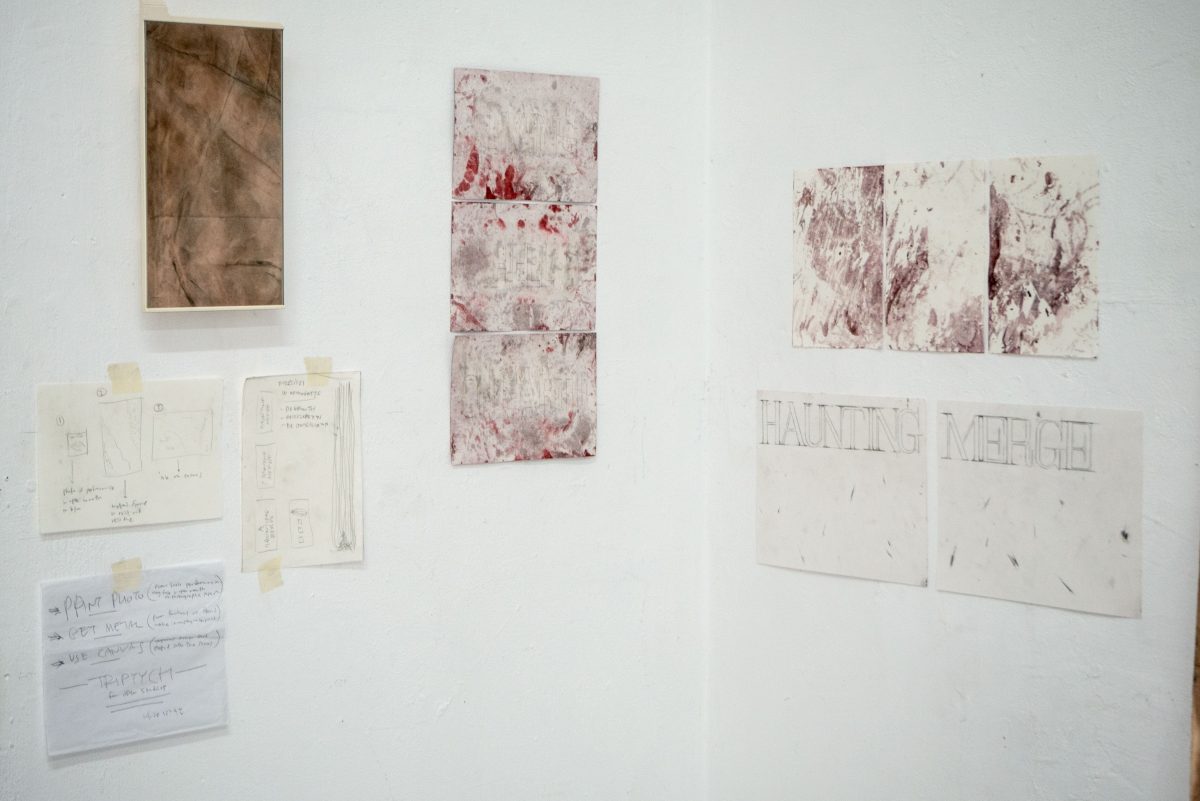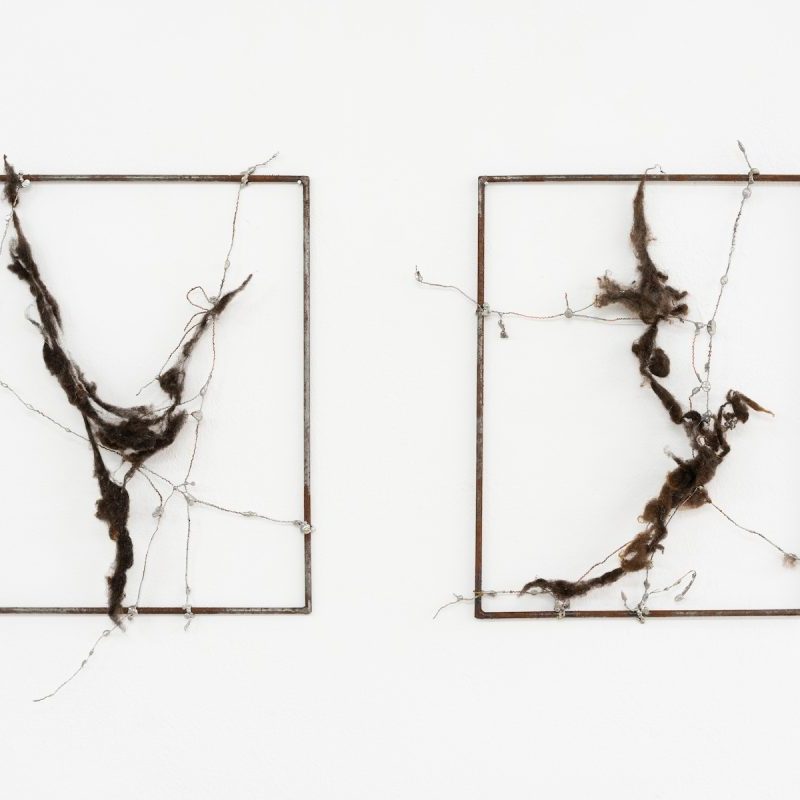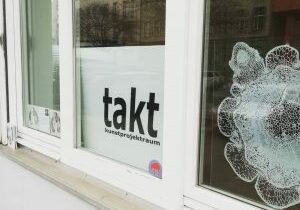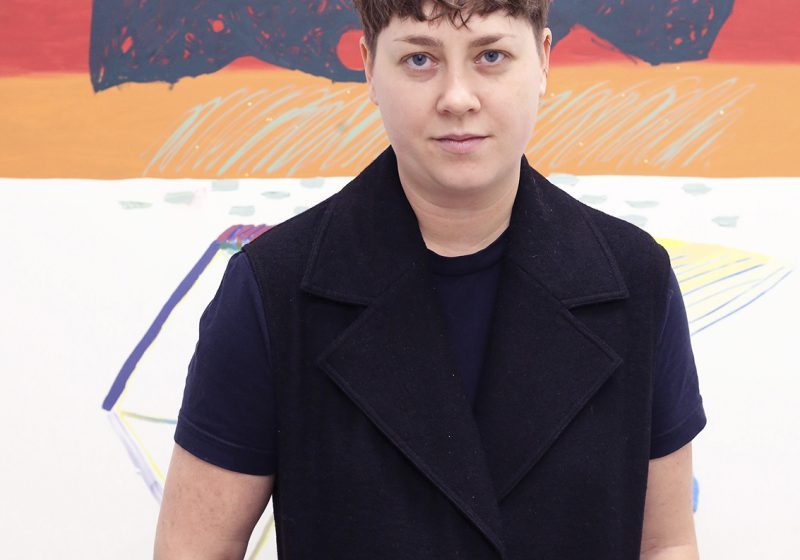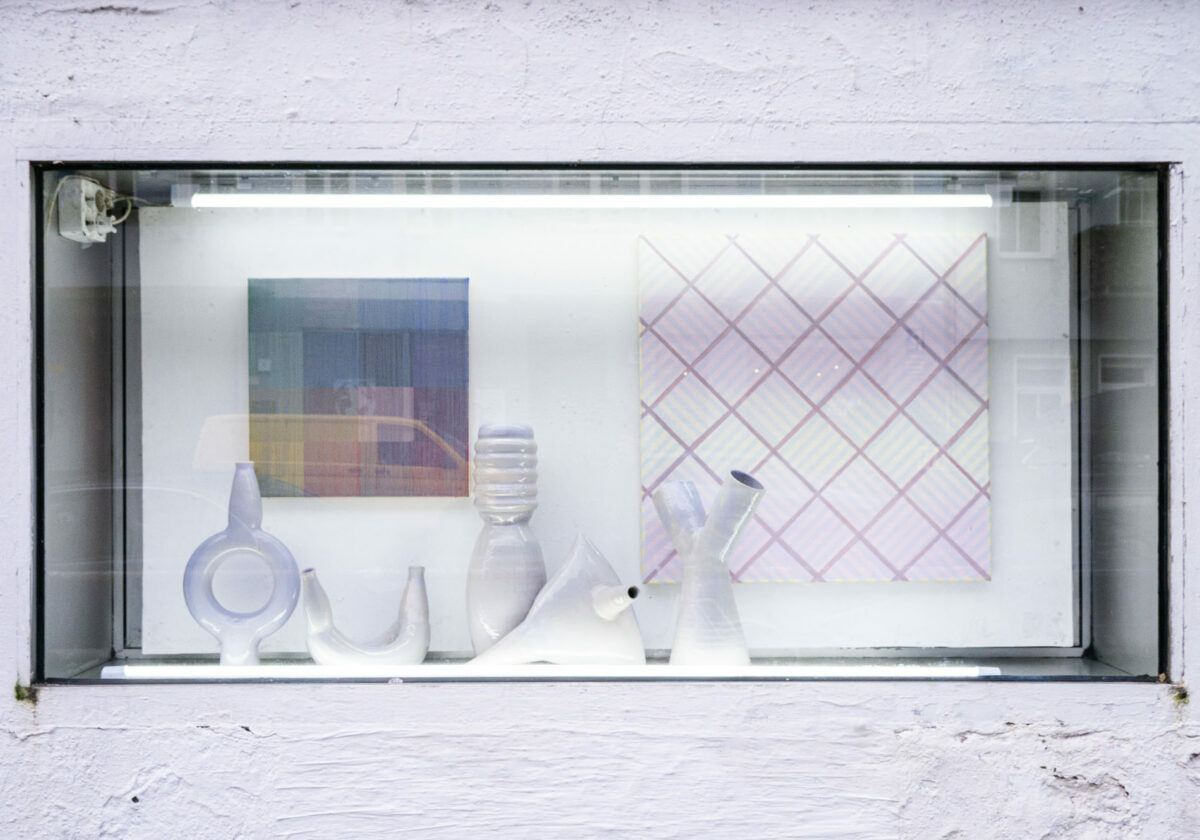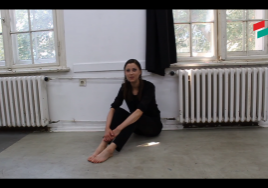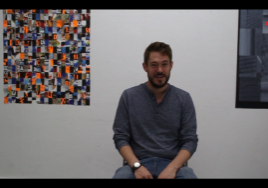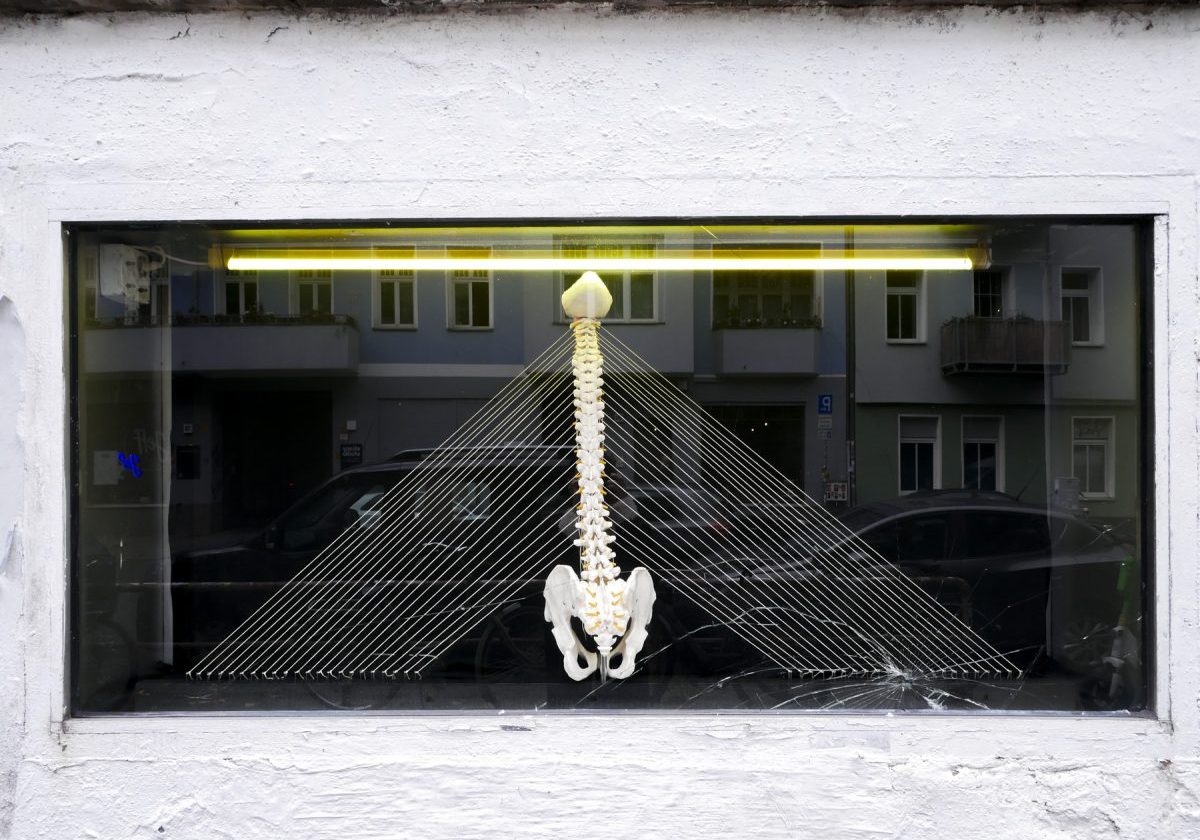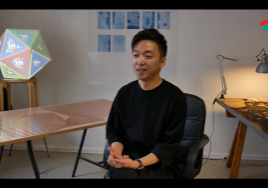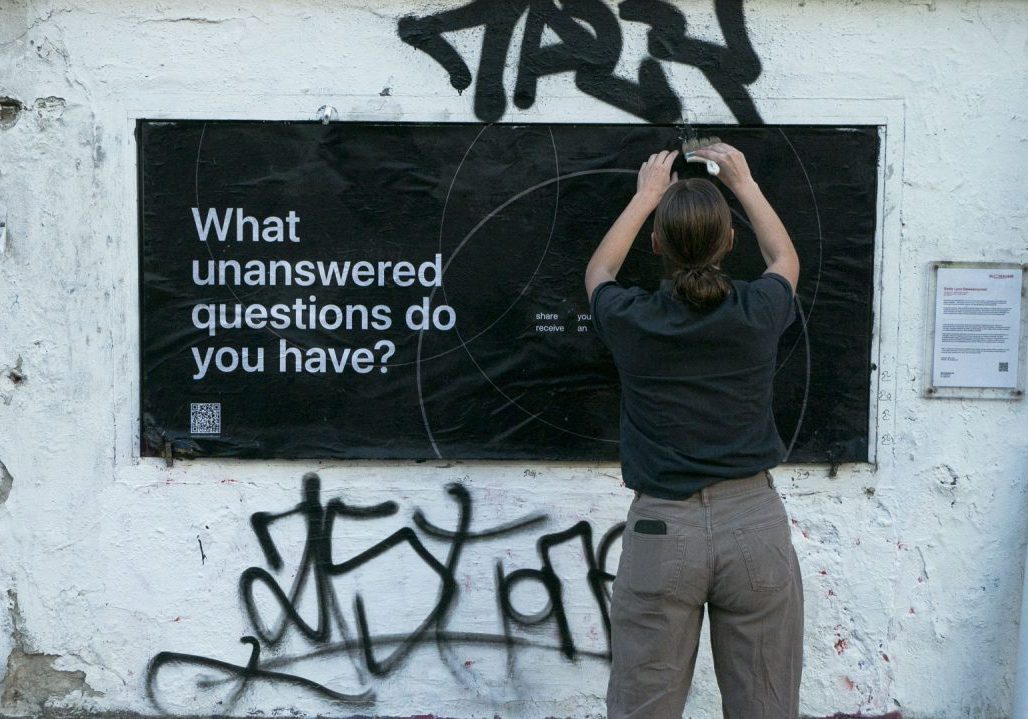Meet the Artist // Marios Stamatis
Marios practice includes sculpture, performance, video, sound, and text. Through decentralised physical and neural fluidity in the form of expression, his work explores the increasing influence and growing impact of new forms of intelligence on the human psyche, intellect, and ultimately the body.
Drawing inspiration from the fields of anatomy, and algorithmic cognition, this new body of work examines human relationships through technology. The research focuses on notions such as symphysis, hybridism/mutation, parasitism/vampirism, becoming and togetherness.
Can you give us an introduction about yourself and your practice?
My name is Marios Stamatis. I am an artist, educator, and designer currently based in Athens, Greece. Previously, I lived in London, where I studied, lived, and worked for a decade. I pursued my education at Camberwell College of Arts and Goldsmiths University, where I completed my MFA.
My research delves into techno-social entanglements, particularly focusing on the relationship between humans, nature, and artificial intelligence. I explore how new technologies influence our lives, shape the way we communicate, and affect our interactions with the environment. Additionally, I explore how these evolving relationships influence our political landscape and reality – how they impact our sense of togetherness, as well as the stress, fatigue, and awkwardness this friction imposes on our bodies.
In practical terms, my work raises questions about how AI changes the way we perceive, understand, and represent ourselves. My practice primarily encompasses sculpture, performance, video, and drawing. I am particularly captivated by abstraction and enjoy experimenting with various techniques that push the boundaries of each medium’s conventional notions.
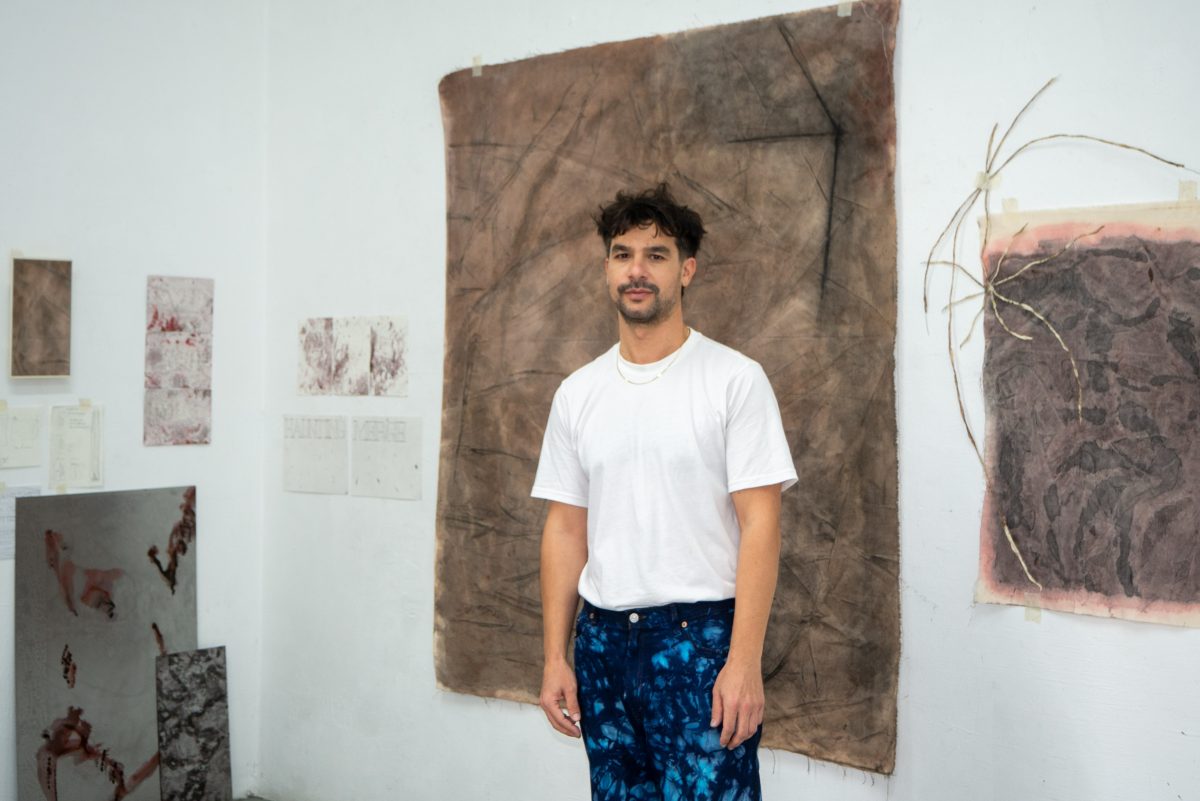
Tell us more about your fascination with potential singularity, revolving around artificial intelligence?
I like to think of it as a new form of dualism. On one hand, we have technology as an external instrument, and on the other, we have the human body and mind. The hypothesis of technological singularity suggests a future point in time where artificial and machine intelligence could surpass human intelligence and capabilities, leading to uncontrollable and irreversible technological growth.
However, before reaching that point, I believe there needs to be a complete merge of the two—what I describe as a haunting merge of artificial intelligence with the human body and mind. This hypothesis demands that we reorient ourselves within this new socio-political regime, as new forms of intelligence emerge and become integrated into our daily lives and activities.
This integration affects how we communicate and interact with one another, how we engage with our environments, how we think, consume, fall in love, and build relationships. This haunting merge fosters prolonged associations between contrasting elements like desire and detachment, connection and isolation, vitality and mortality, ambiguity and certainty. In essence, this external force—technology and new forms of intelligence—becomes a catalyst for deep inward human reflection.
Who are some artists which have greatly influenced your artistic journey?
I find that I’m more influenced and inspired by my peers—my friends, colleagues, and contemporaries. Our discussions and interactions inspire me, especially the way they approach their work, their methodologies, and how they generate new ideas and ways of thinking. So, I would say that my friends and peers are a significant source of inspiration.
Generally, I don’t draw inspiration from art or other artists when I’m creating or thinking about art. Instead, I’m inspired by ideas—mundane, everyday notions or things, like time, for example. Currently, I’m particularly inspired by the concept of time and synchronicity, especially in the context of techno-capitalism. I’m intrigued by how new forms of intelligence influence our perception and understanding of time, and how they shape our ideas of productivity within this context.
In terms of art, I’m more drawn to experiential and immersive works. Moments that evoke strong emotional reactions in me often come from experiencing dance or performances. Social interactions also have a profound emotional impact on me.
One particularly inspiring moment for me recently was watching an interview with the Greek artist Yiannis Kounelis. While I’m interested in his art, it was the poetic way he spoke about his art, language, and personal experiences in the interview that deeply resonated with me.

What is your relationship with the art world and the art market? What do you think about it?
Given that I often work with non-tangible media, such as performance and video, it’s challenging to sell work that isn’t a physical object. This has shaped my relationship with the art market. While I create both non-tangible works as well as sculptures and drawings which could be more marketable more often, I don’t feel a strong connection to the traditional art market.
Interestingly, I’ll be showing work at an art fair, Art Athina, in September, which places my practice within that context. For this show I’m doing a performance, and it’s intriguing to consider what a performance can mean in the setting of an art fair or within the art market. In previous performances in collaboration with artist Lea Collet, we explored the relationship between the art market and performative work, which isn’t easily sold or physically grasped. We experimented with ideas like offering a rolling contract for a performance, similar to a subscription service, as a way to navigate this challenge. This approach treats art more like a service than a commodity, extending its value over time.
How are you finding GlogauAIR as a resident? How is it living with other artists?
This experience relates to my earlier point about getting inspired by social interactions. I find inspiration primarily from people, and my time here has been centred around meeting great, inspiring individuals. I truly enjoy living with these inspiring people and picking their brains—it’s an amazing experience, not only engaging with their minds but also learning from their experiences and what they bring with them.
I’m very interested in exchanging personal experiences, ideas, methodologies, and ways of thinking. My experience here has been focused on that exchange. I’ve met some amazing fellow artists, and the staff at GlogauAIR is fantastic—extremely generous, which is something I highly value in life.
I feel fortunate to be in the same space and to share time with generous people. I’m happy to be part of this feedback-based ecosystem.
How are you finding Berlin, how is it influencing your practice?
Berlin is an interesting city. My experience here has been quite unique. Similar to other major cities I’ve lived in—more like Athens than London—Berlin has become a tourist mecca. This isn’t necessarily a problem with Berlin or its residents, but rather with how these cities have become such significant tourist attractions.
It can feel a bit disorienting, as though the city lacks a certain local personality. I’m not referring to a national or cultural identity, but rather to a distinct local vibe. Berlin does have its own vibe, which is what I appreciate. I enjoy the fact that it’s incredibly vibrant, with people from so many different backgrounds living here and exchanging ideas. This diversity is something I truly value.
However, the tourist aspect is something I’m not particularly fond of, though it’s difficult to avoid. This seems to be the case across much of Europe at the moment. My main question is how to survive in a city that has become such a popular destination, especially one that attracts people for its alternative or underground culture, which has now become more mainstream. It feels like we’ve come full circle in that regard –merged in a way.
What plans do you have after the residency?
I’ll be returning to teaching in September, something which I look forward to. Art-wise, I’ll be participating in the Art Athina art fair in Athens, curated by Nicolas Vamvouklis. I’ll be working with Callirrhöe gallery and will perform a piece with dancer-performer Yiannis Tsigris.
That’s what’s happening immediately after the residency. However, the GlogauAIR showcase sparked some new ideas for a project that I’m really excited about. I’m envisioning it as a three-part project. The GlogauAIR showcase served as a trailer, a one-minute video preview of what’s to come. The next two parts will likely involve a longer video, possibly a three-channel setup, along with a live performance happening simultaneously. I’m thrilled about this direction, and the theme will continue from the showcase.
There are a couple of exciting group shows scheduled, with an exhibition later this year curated by Dimitrios Trikas and early next year with the Office of Hydrocommons in collaboration with ATOPOS CVC curated by Eleni Riga.
In May, I’ll be in Athens for the Onassis AiR. I’m really looking forward to this two-month residency, where I’ll continue developing and expanding the ideas and themes I’ve been working on. It’s something I’m really excited about.
